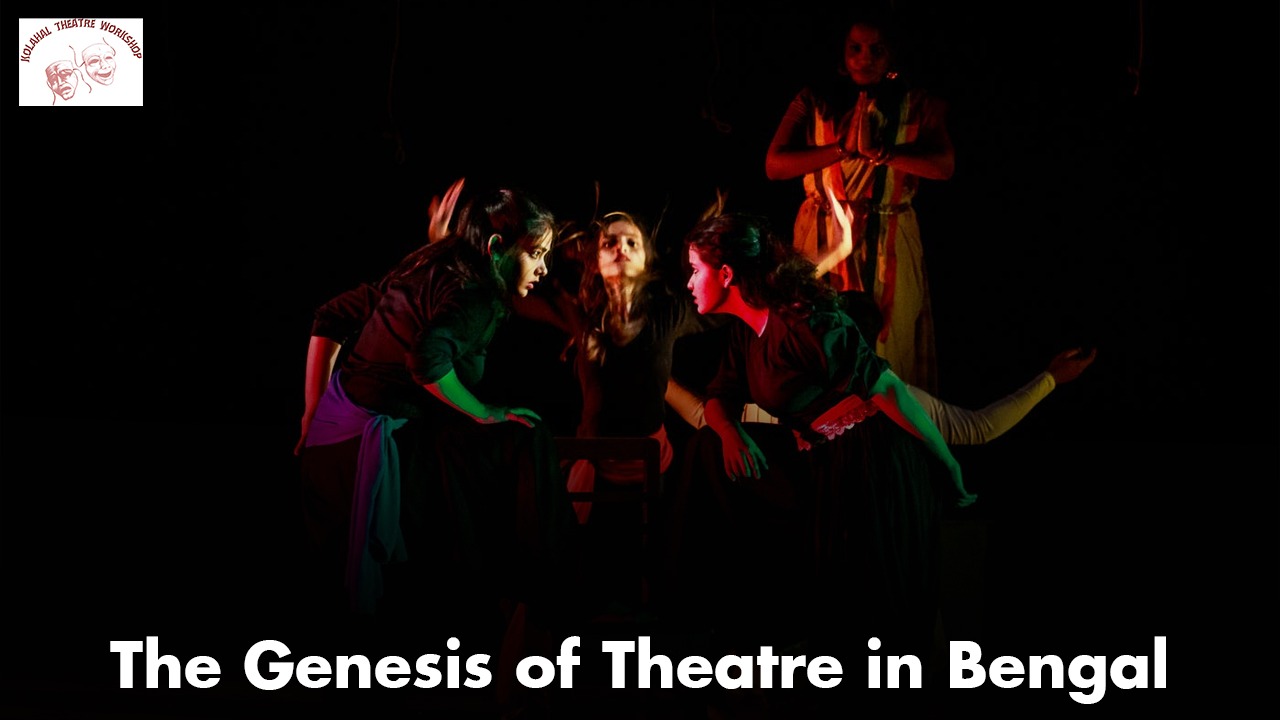The Evolution of Digital Theatre: A Fusion of Art and Technology
What is Digital Theatre?
In recent years, the world of theatre has undergone a remarkable transformation, transcended traditional stages and embracing the digital realm. This evolution has sparked a dynamic fusion of artistry and technology. This fusion has given rise to what is now known as digital theatre. From live-streamed performances to immersive virtual experiences, the landscape of theatre has expanded exponentially, offering new avenues for creativity, accessibility, and engagement. The evolution of digital theater is a landmark change, in the world of performing art.
FEATURES OF DIGITAL THEATRE:
One of the most striking aspects of digital theatre is its ability to transcend geographical boundaries. Not many years ago, watching theatre meant going to the auditorium to watch live performance. Through live-streaming platforms and virtual reality technology, audiences can now enjoy performances from the comfort of their own homes, regardless of their location. This newfound accessibility has democratized the theatre-going experience, allowing individuals from all walks of life to participate in the magic of live performance.
Moreover, digital theatre has opened doors to innovative storytelling techniques. With the integration of multimedia elements such as video projections, interactive interfaces, and augmented reality, productions can create immersive worlds that captivate and enthrall audiences in ways previously unimaginable. From experimental avant-garde pieces to classic plays reimagined for the digital age, the possibilities for creative expression are endless. This is another conspicuous feature of Digital theatre.
PROS AND CONS OF DIGITAL THEATRE:
Furthermore, digital theatre has proven to be a powerful tool for education and outreach. Through online workshops, webinars, and virtual tours, theatre companies can connect with communities far and wide, fostering a deeper appreciation for the performing arts and nurturing the next generation of theatre enthusiasts. Additionally, digital platforms provide a space for marginalized voices to be heard, amplifying diverse perspectives and promoting inclusivity within the theatrical landscape. It also ensures a global audience.
However, with these technological advancements also come unique challenges. Ensuring the quality of the digital experience, navigating copyright issues, and maintaining the integrity of live performance in a virtual environment are just a few of the hurdles that theatre makers must overcome. Nonetheless, with creativity, collaboration, and a spirit of experimentation, these challenges can be transformed into opportunities for growth and innovation.
CONCLUSION:
In conclusion, digital theatre represents a bold new frontier in the world of performing arts, merging the timeless artistry of conventional theatre with the boundless possibilities of technology. As we continue to navigate this ever-evolving landscape, let us embrace the transformative power of digital theatre and celebrate the endless possibilities it holds for the future of storytelling.




